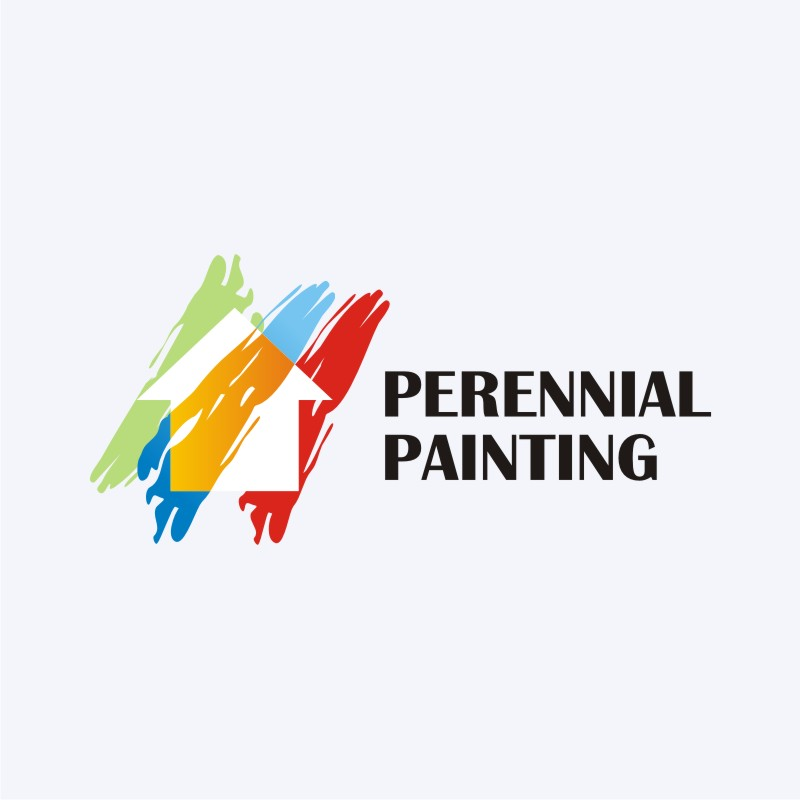Variables To Consider For Commercial Outside Paint By Period: Essential Info You Should Have
Variables To Consider For Commercial Outside Paint By Period: Essential Info You Should Have
Blog Article
Article Developed By-Fox Skafte
When you're preparing an industrial external painting project, seasonal variables can make or break your outcomes. You'll intend to consider how temperature and moisture effect paint application and drying out times. Choosing the best season can guarantee your paint sticks properly and lasts much longer. Yet which seasons are really the most effective for this kind of job? Allow's discover the key elements that can affect your project's success.
The Effect of Temperature on Paint Application
When you're planning a business external painting task, the temperature can substantially influence how well the paint adheres and dries.
Ideally, you wish to repaint when temperatures range between 50 ° F and 85 ° F. If it's also cool, the paint may not treat effectively, resulting in issues like peeling off or splitting.
On the other side, if it's too hot, the paint can dry too rapidly, stopping correct adhesion and causing an unequal finish.
You ought to likewise think about the time of day; early morning or late afternoon provides cooler temperatures, which can be extra beneficial.
Always inspect the maker's referrals for the certain paint you're utilizing, as they usually offer advice on the suitable temperature array for optimal results.
Humidity and Its Result on Drying Times
Temperature isn't the only ecological aspect that affects your business external painting project; humidity plays a substantial function too. High moisture degrees can slow down drying times drastically, influencing the total top quality of your paint work.
When the air is saturated with dampness, the paint takes longer to treat, which can result in problems like inadequate bond and a greater threat of mold development. If you're repainting on a particularly humid day, be gotten ready for extended delay times in between coats.
It's essential to monitor regional climate condition and plan appropriately. Ideally, aim for humidity levels in between 40% and 70% for ideal drying.
Keeping these consider mind guarantees your job remains on track and supplies a lasting finish.
Best Seasons for Commercial Outside Painting Projects
What's the very best time of year for your industrial outside paint jobs?
Spring and very early loss are normally your best choices. Throughout these periods, temperatures are light, and moisture degrees are commonly reduced, creating optimal problems for paint application and drying.
Avoid summertime's intense heat, which can cause paint to dry also quickly, bring about bad adhesion and finish. Likewise, wintertime's chilly temperature levels can prevent proper drying and healing, running the risk of the durability of your paint job.
Go for days with temperature levels in between 50 ° F and 85 ° F for ideal outcomes. Remember to examine Continue Reading for rain, as damp conditions can ruin your task.
Preparation around these aspects ensures your painting project runs smoothly and lasts much longer.
Final thought
Finally, planning your commercial outside paint tasks around seasonal factors to consider can make a substantial difference in the end result. By scheduling job during the suitable temperature levels and humidity levels, you'll make sure better attachment and drying times. Keep in Read Homepage to keep an eye on neighborhood weather report and pick the right time of year-- springtime and early fall are your best bets. Taking these steps will assist you accomplish a sturdy and expert coating that lasts.
